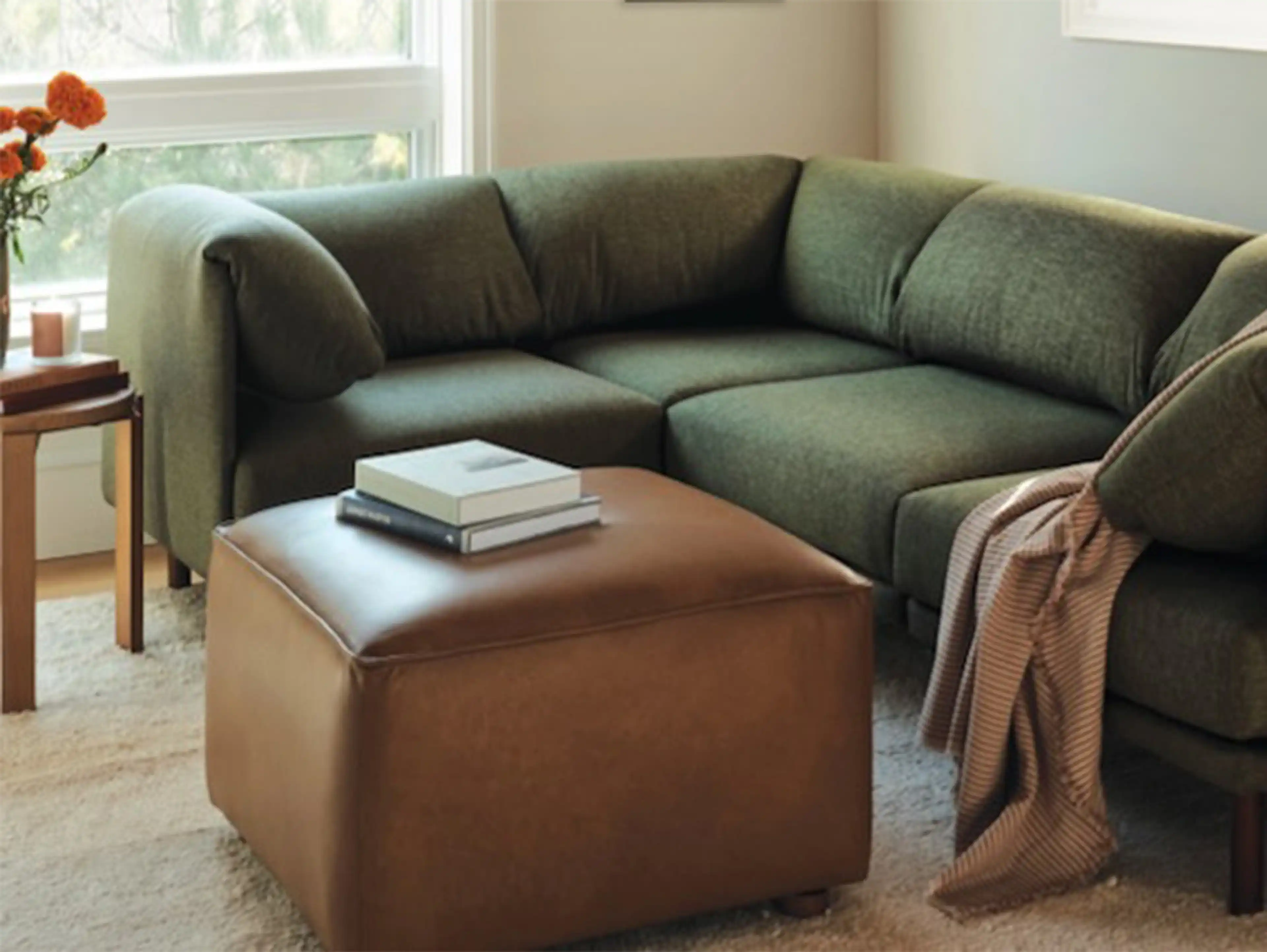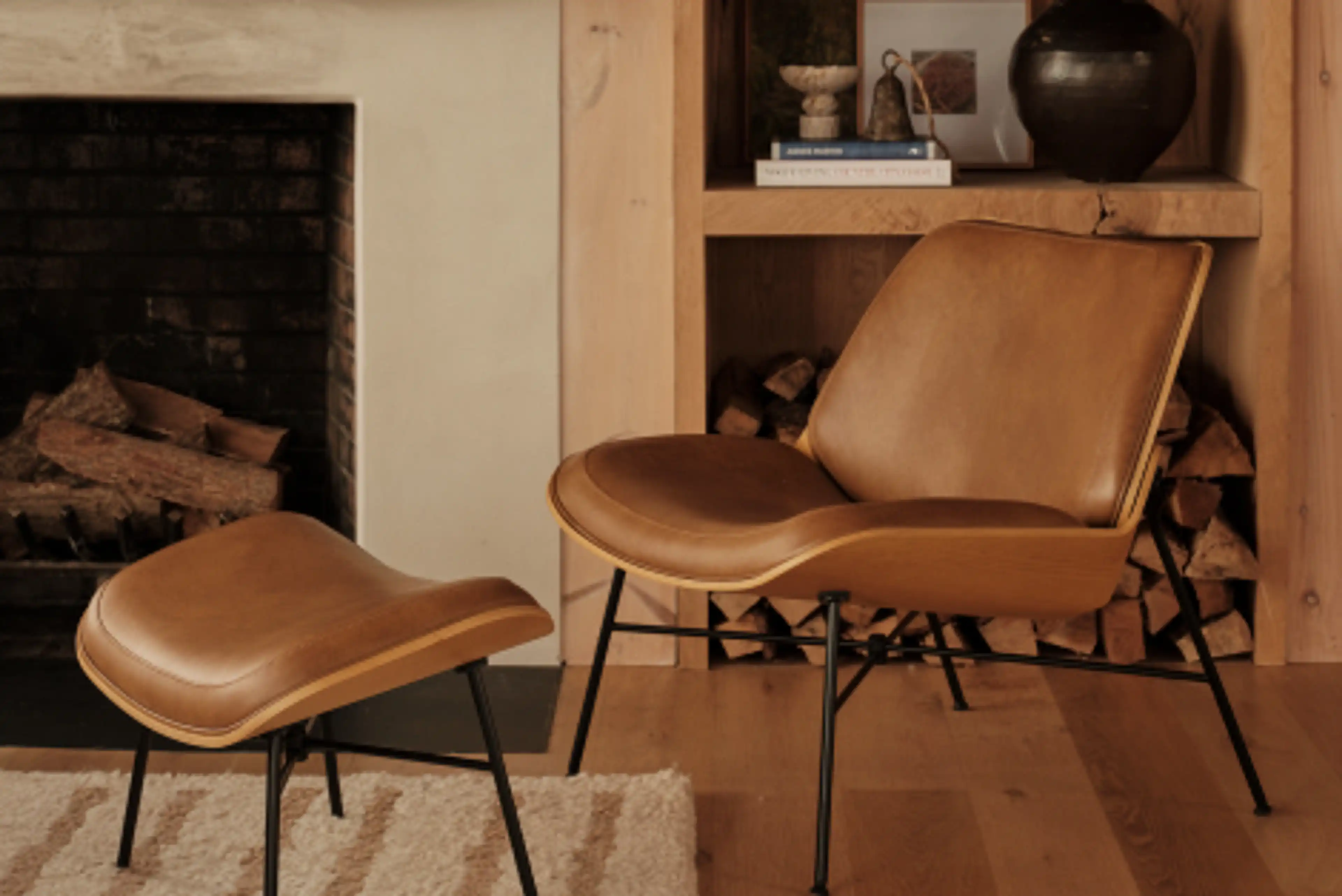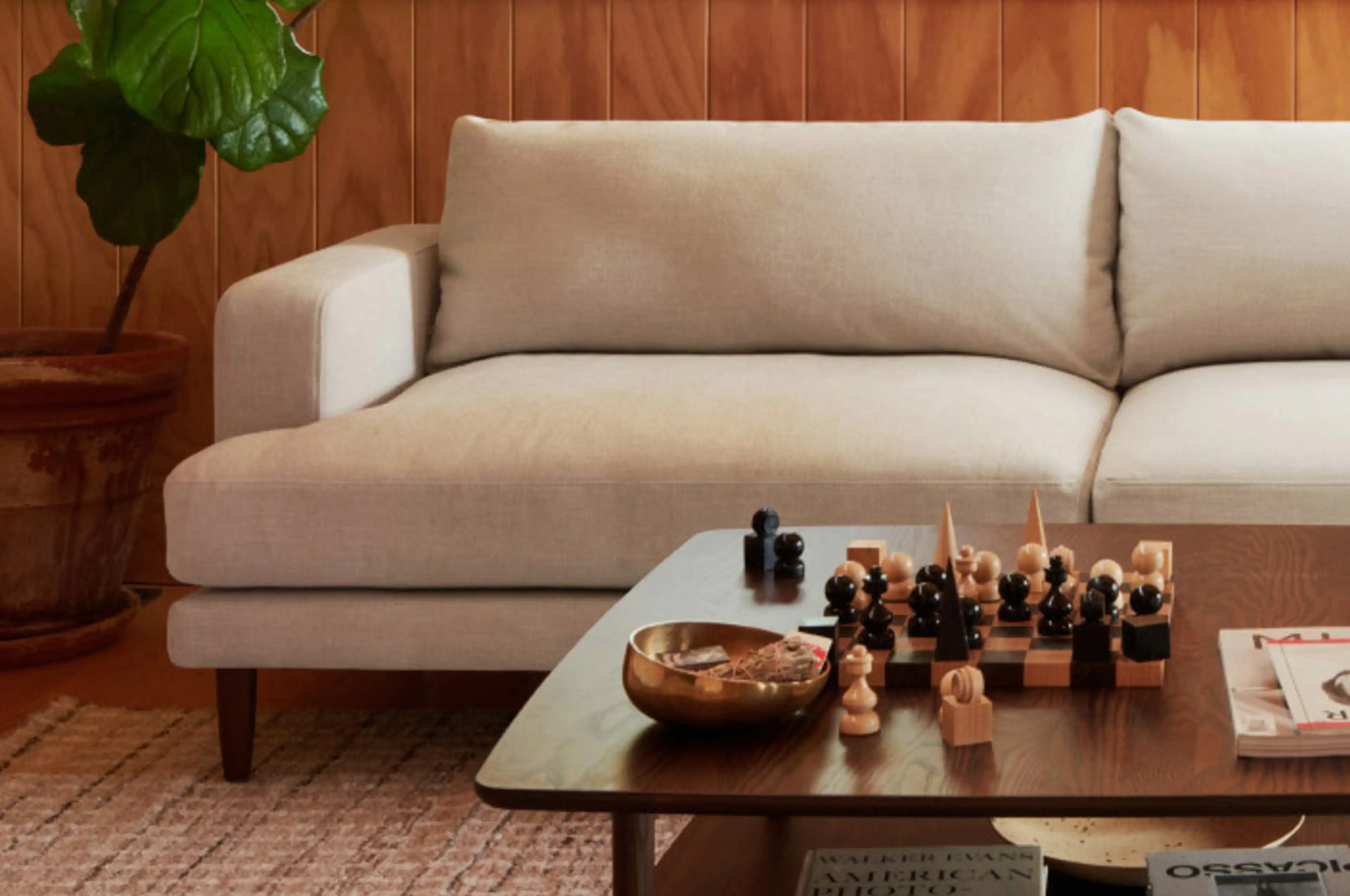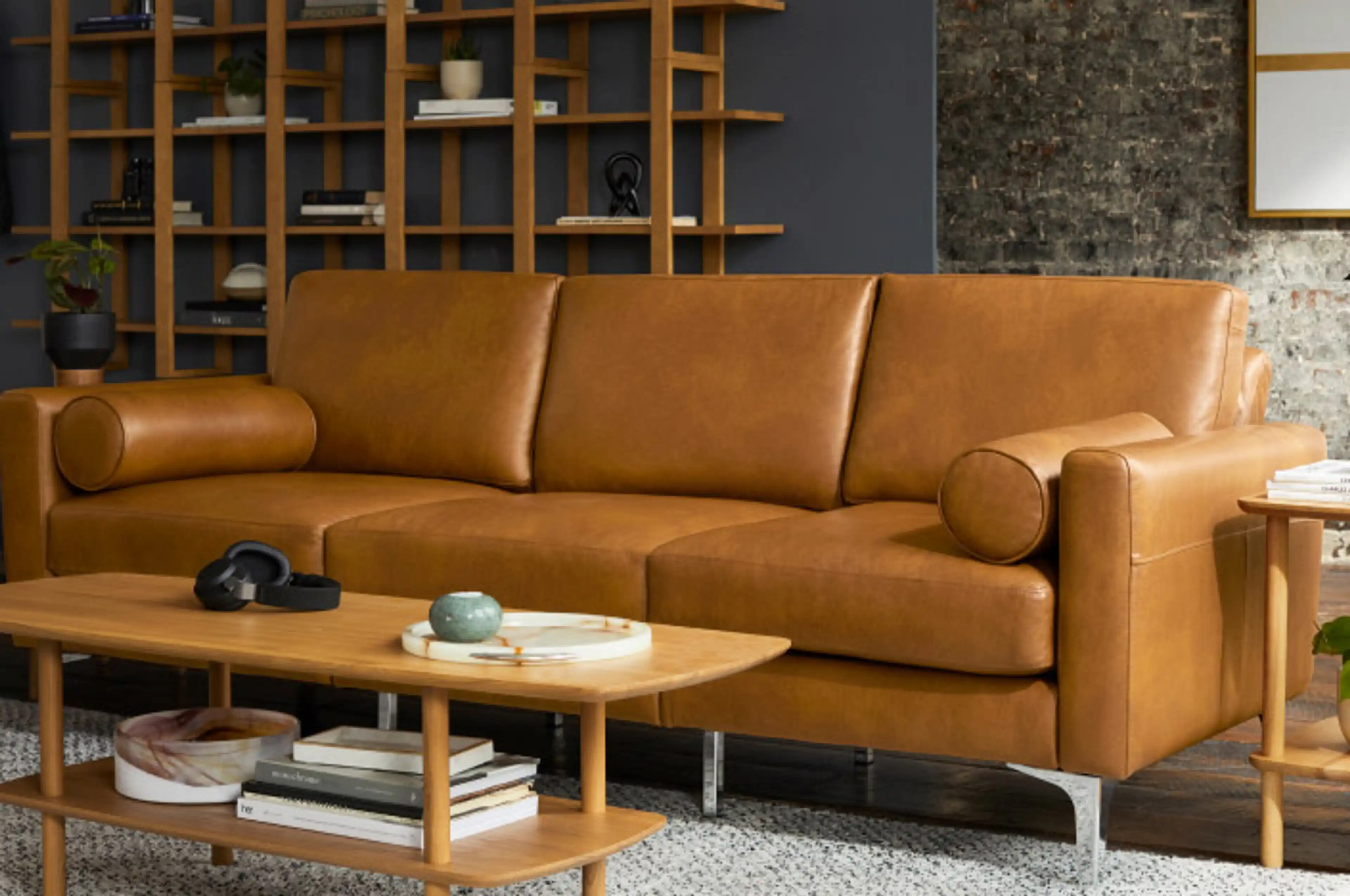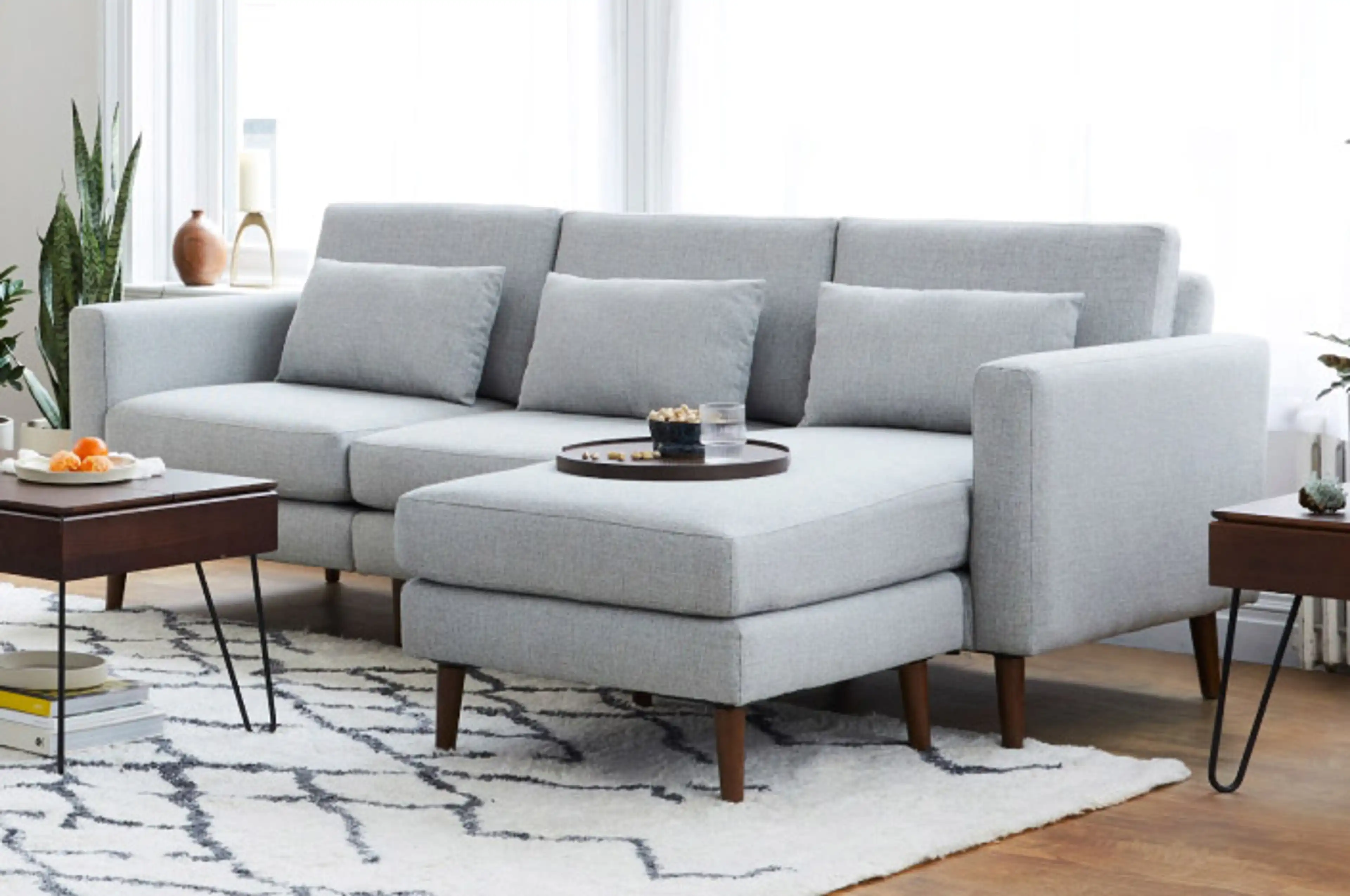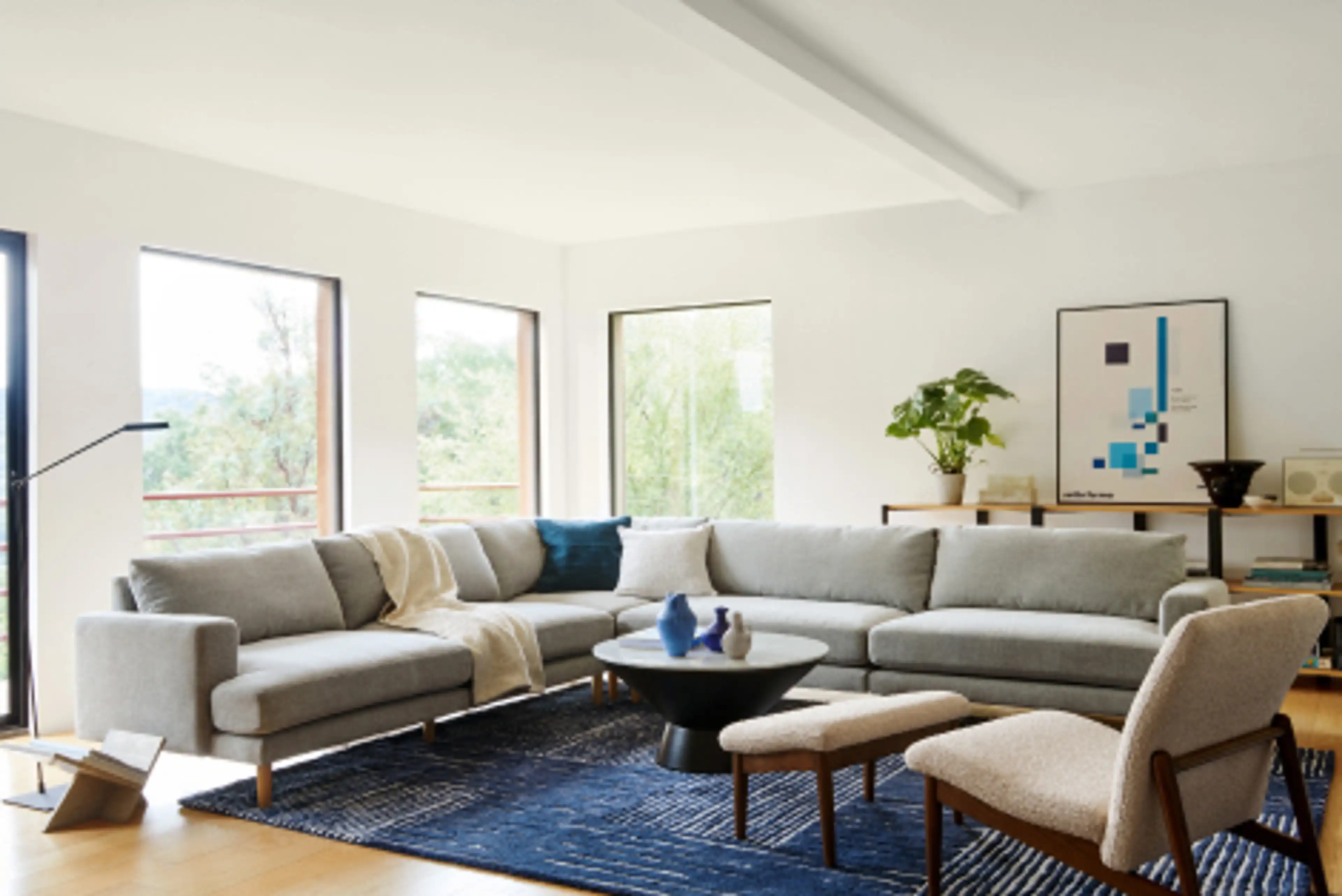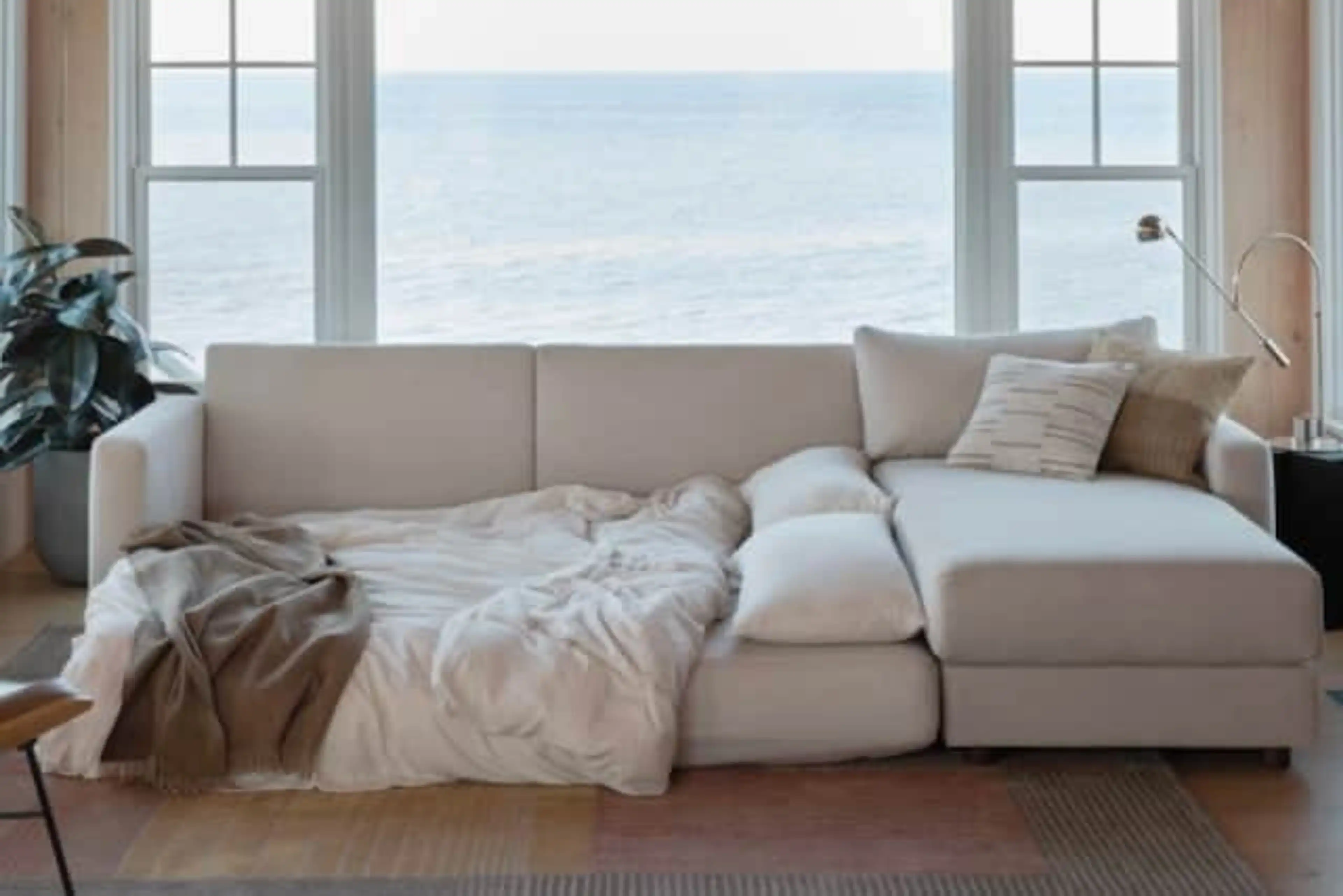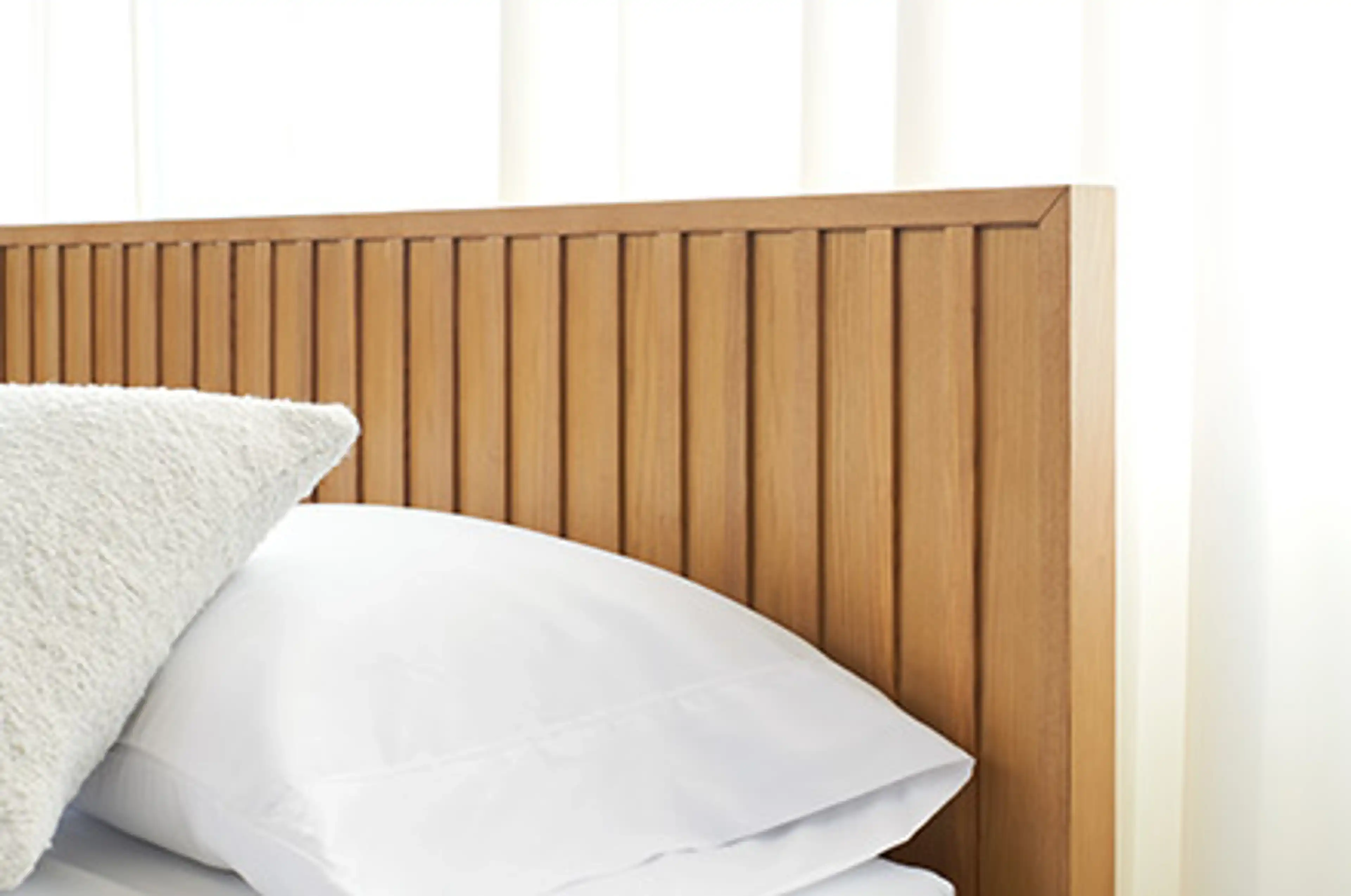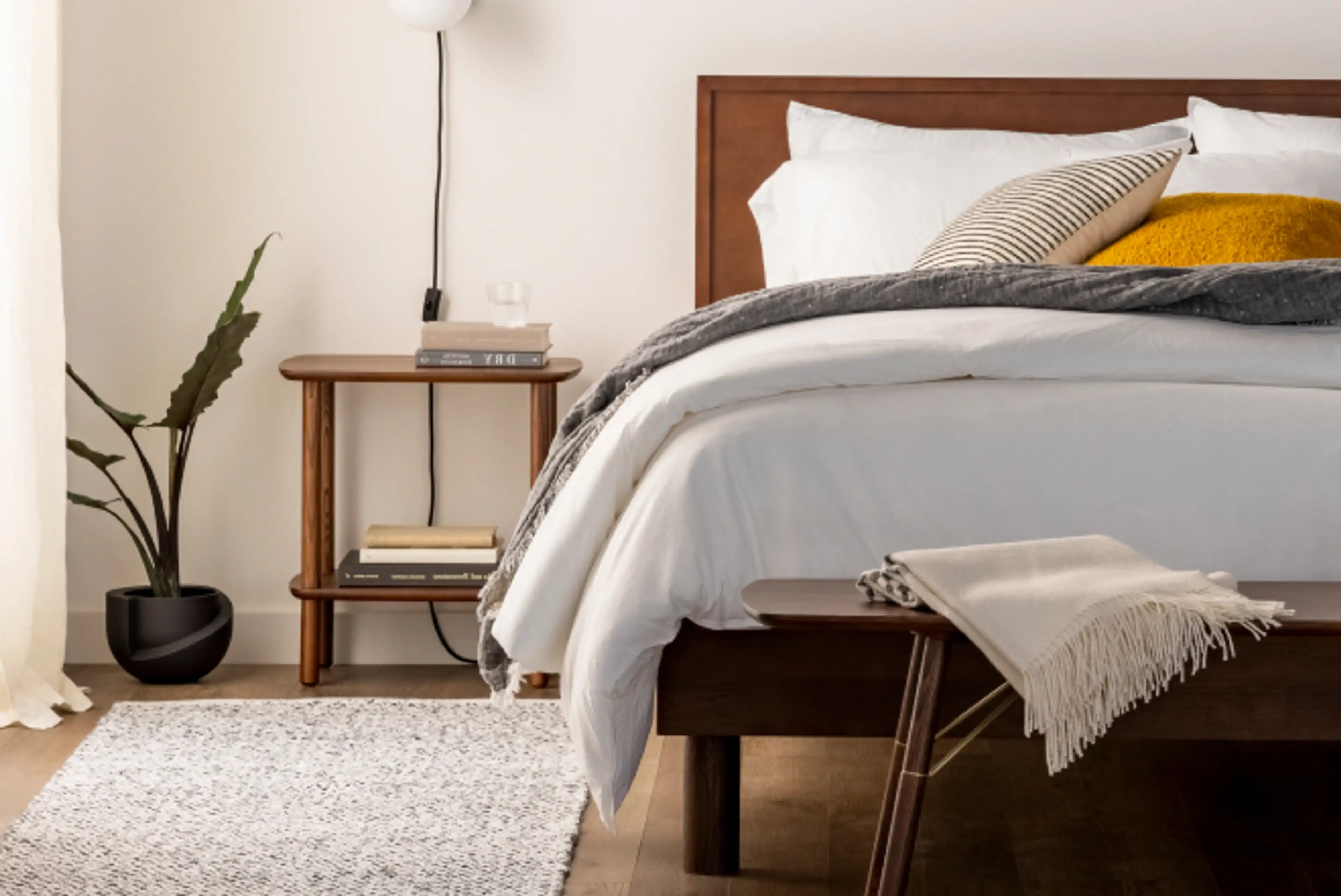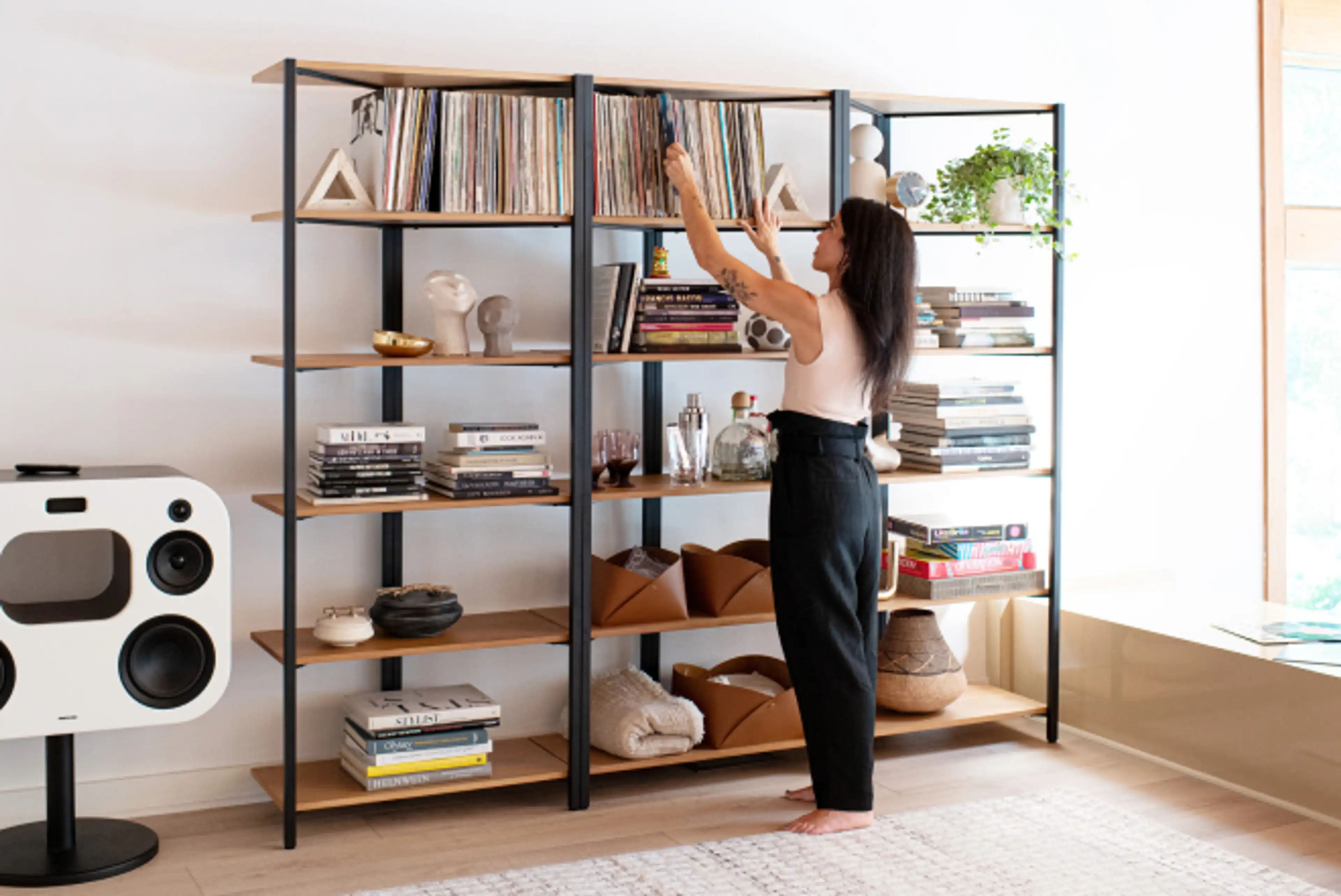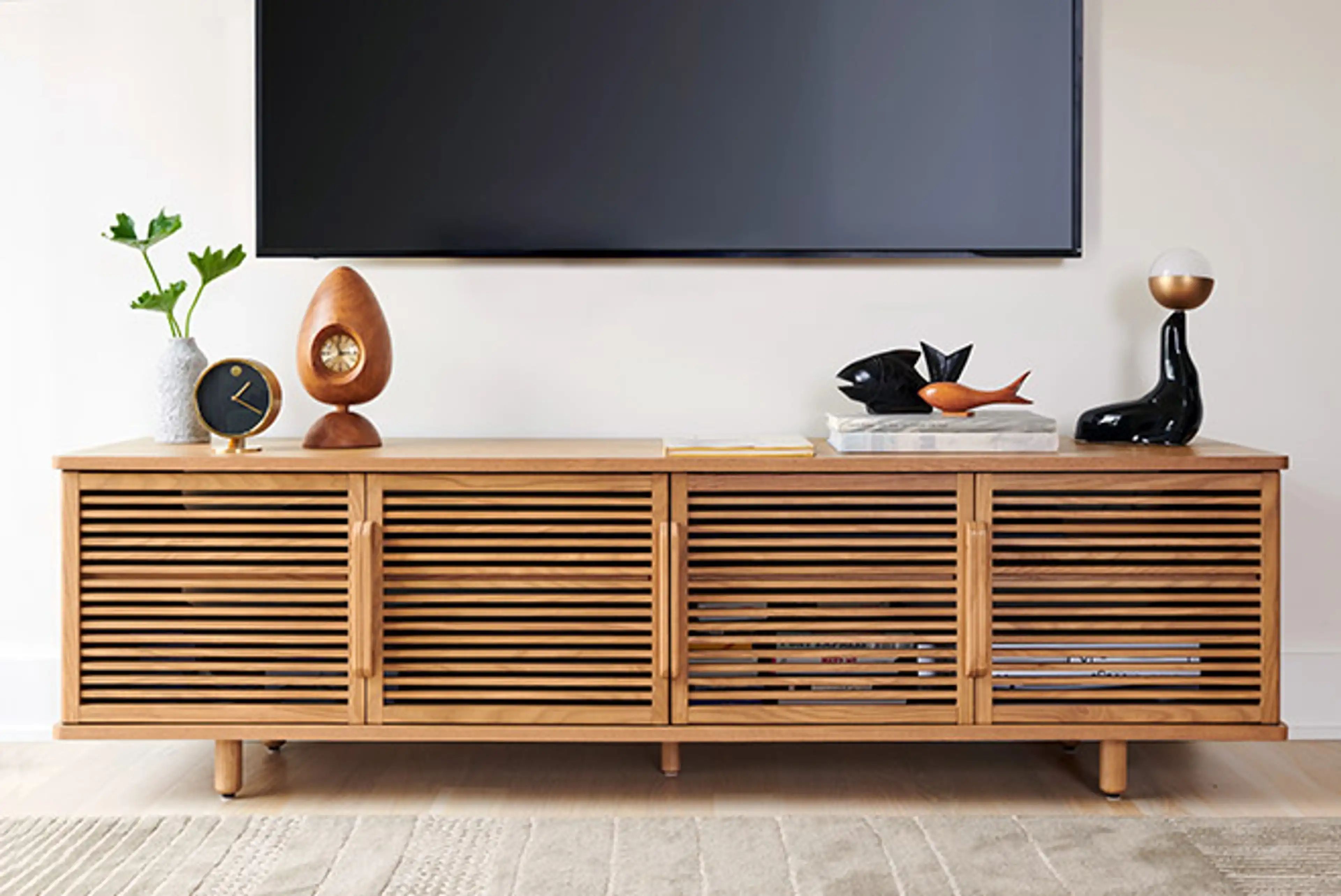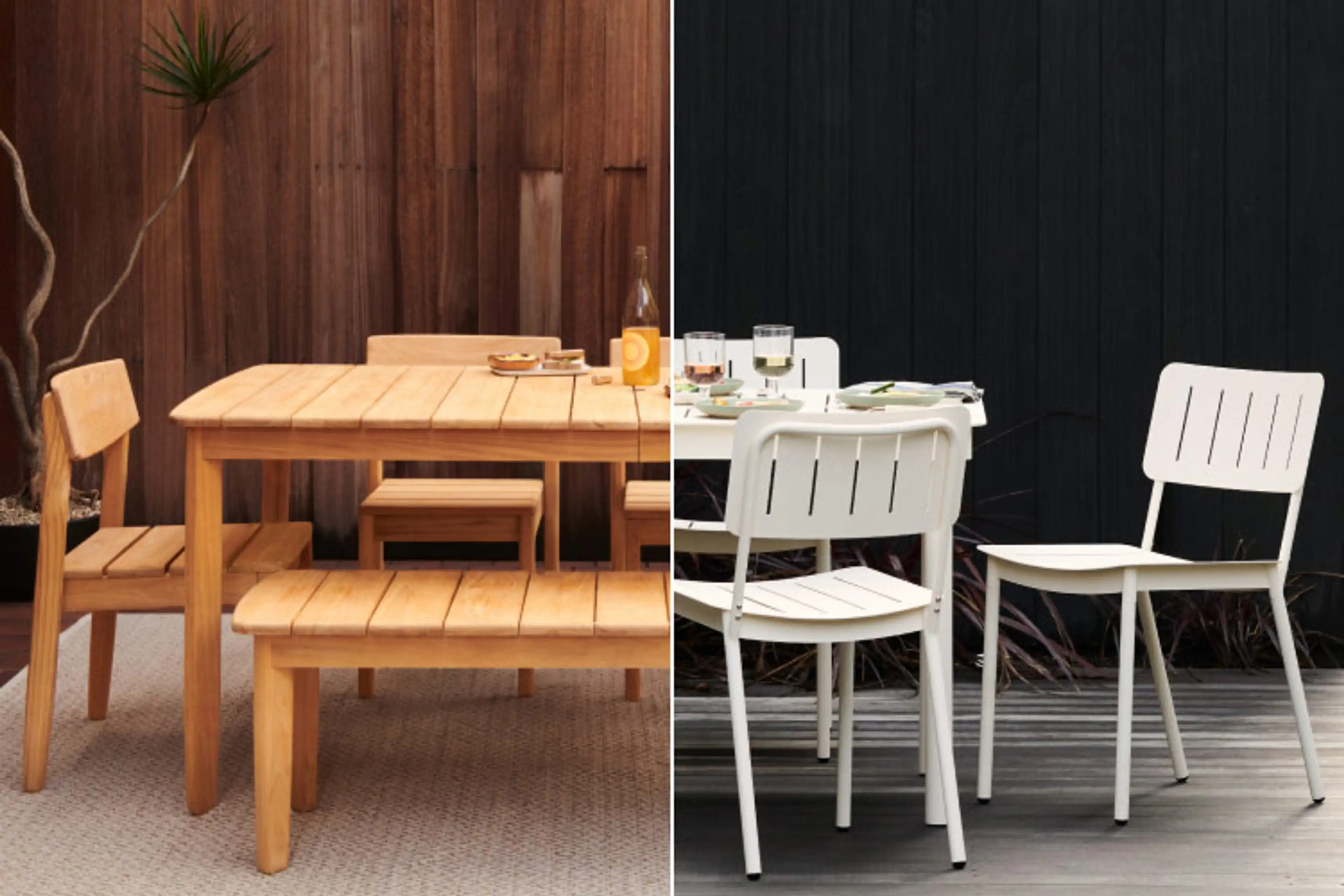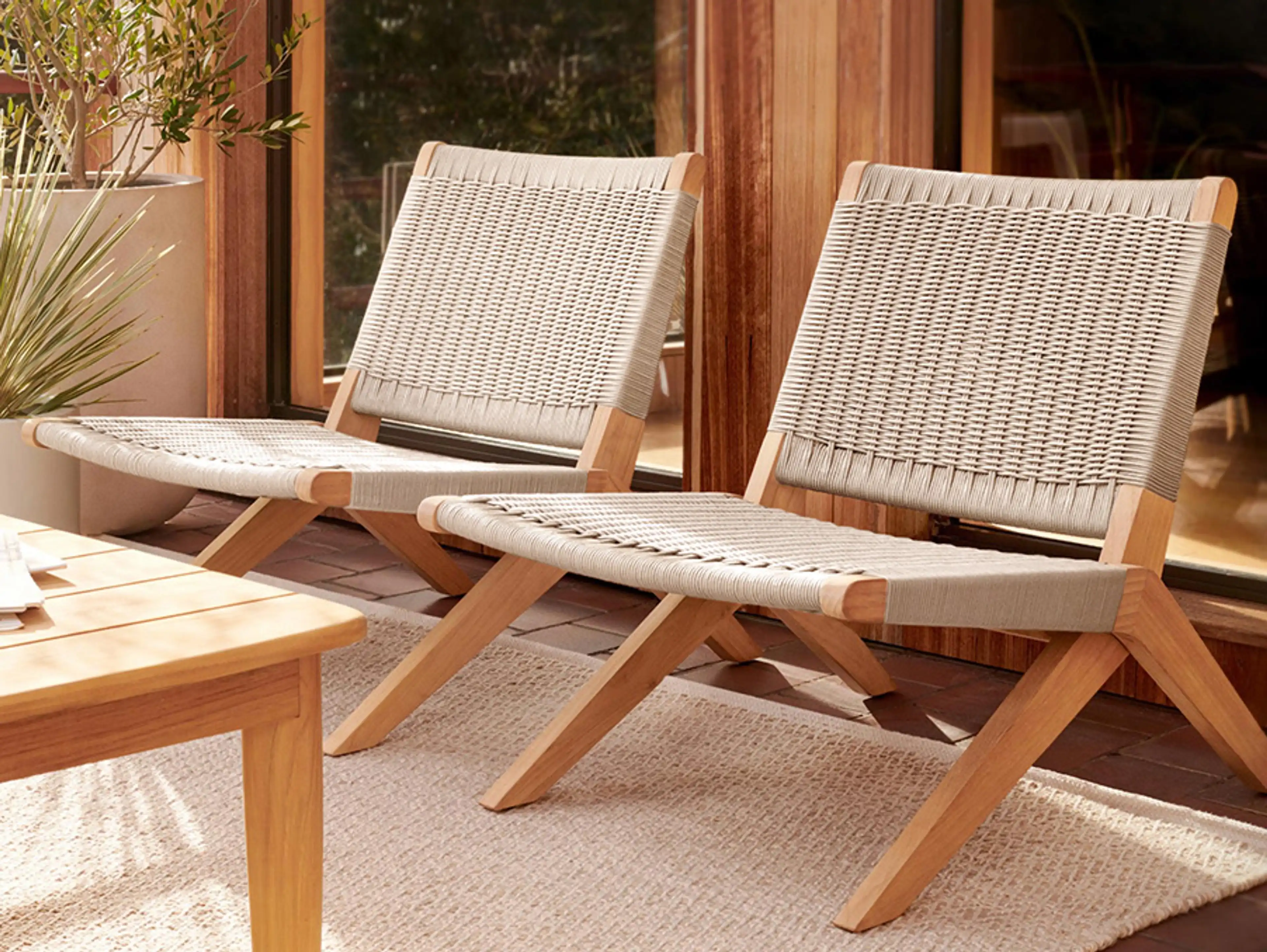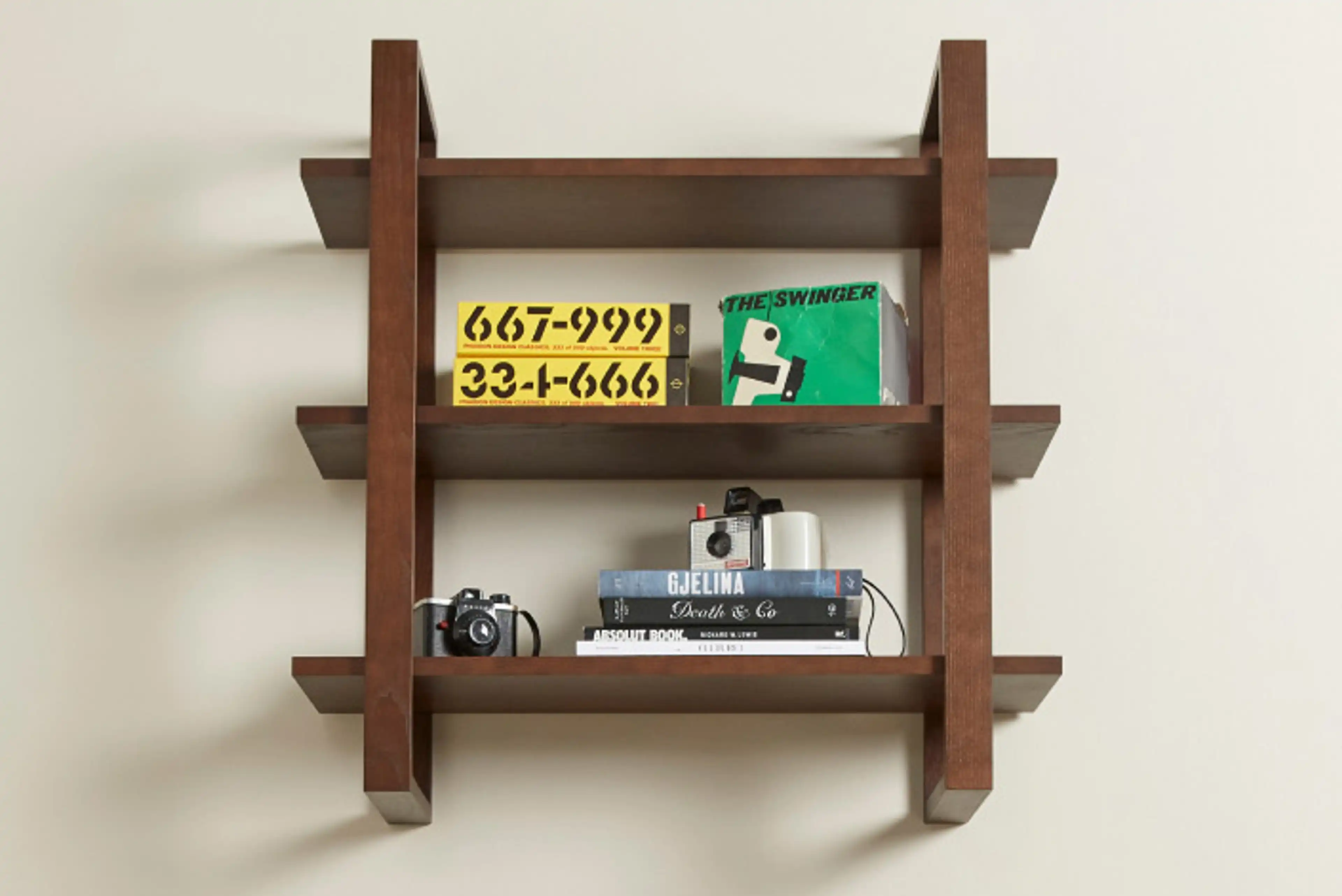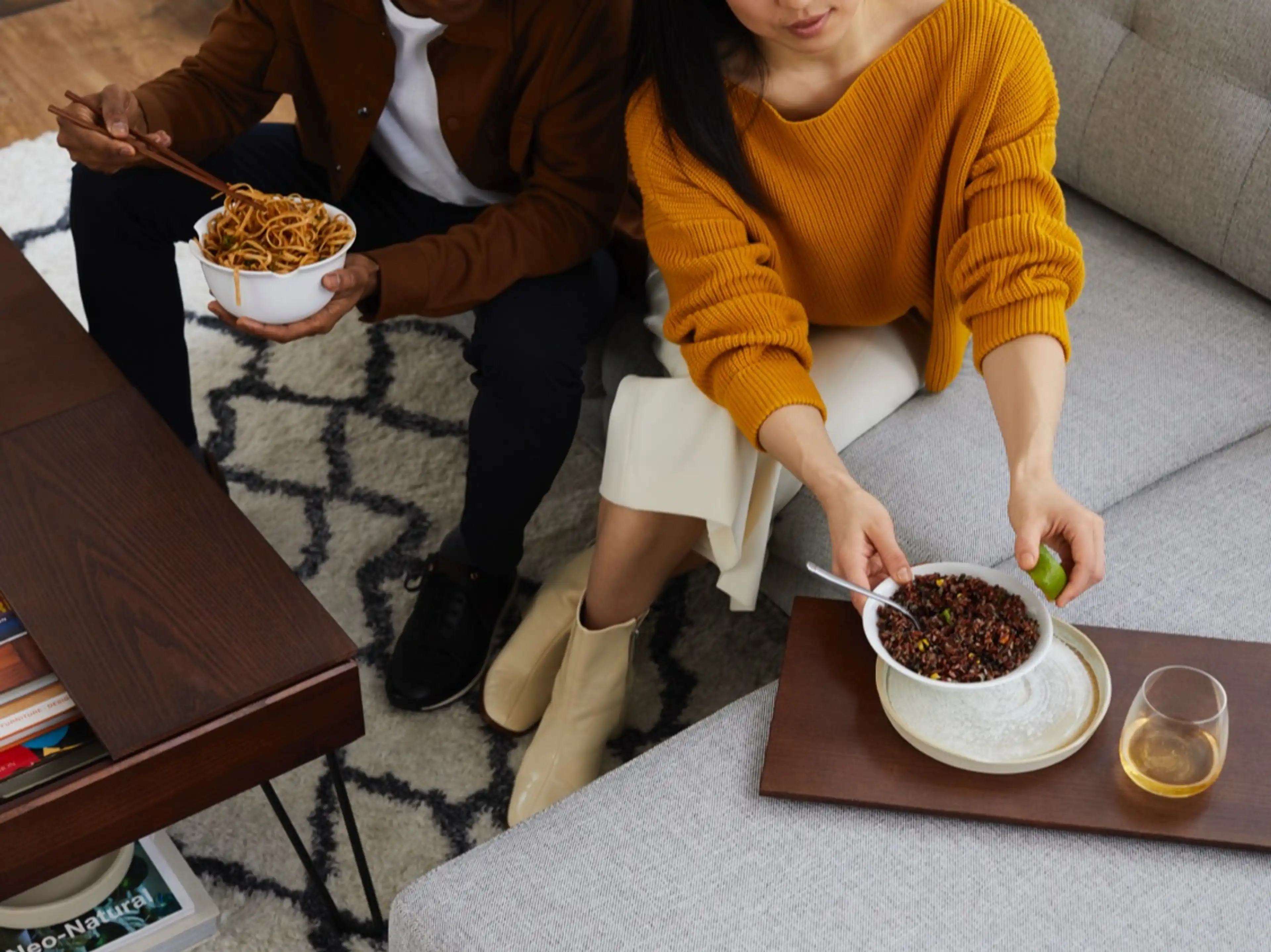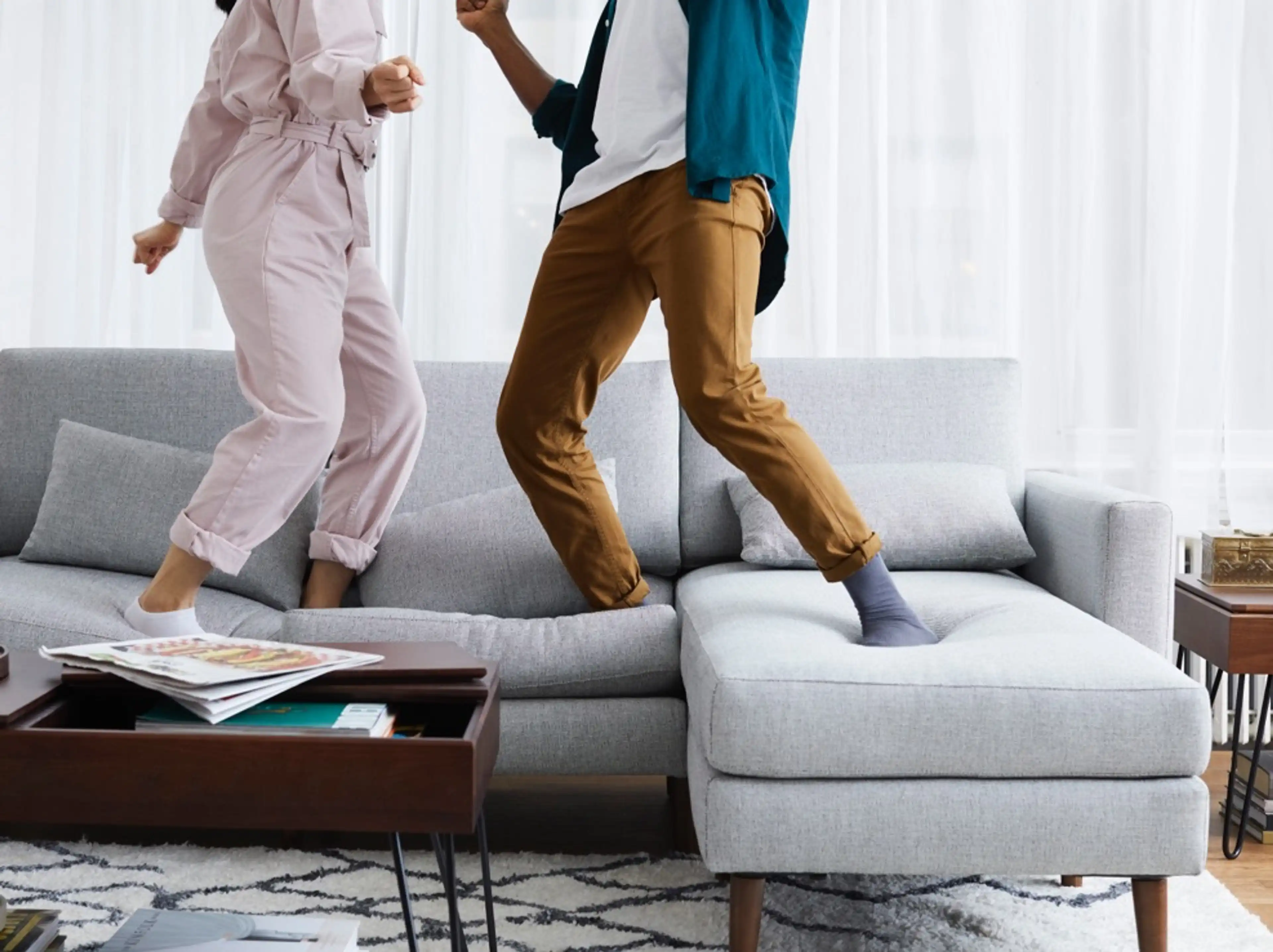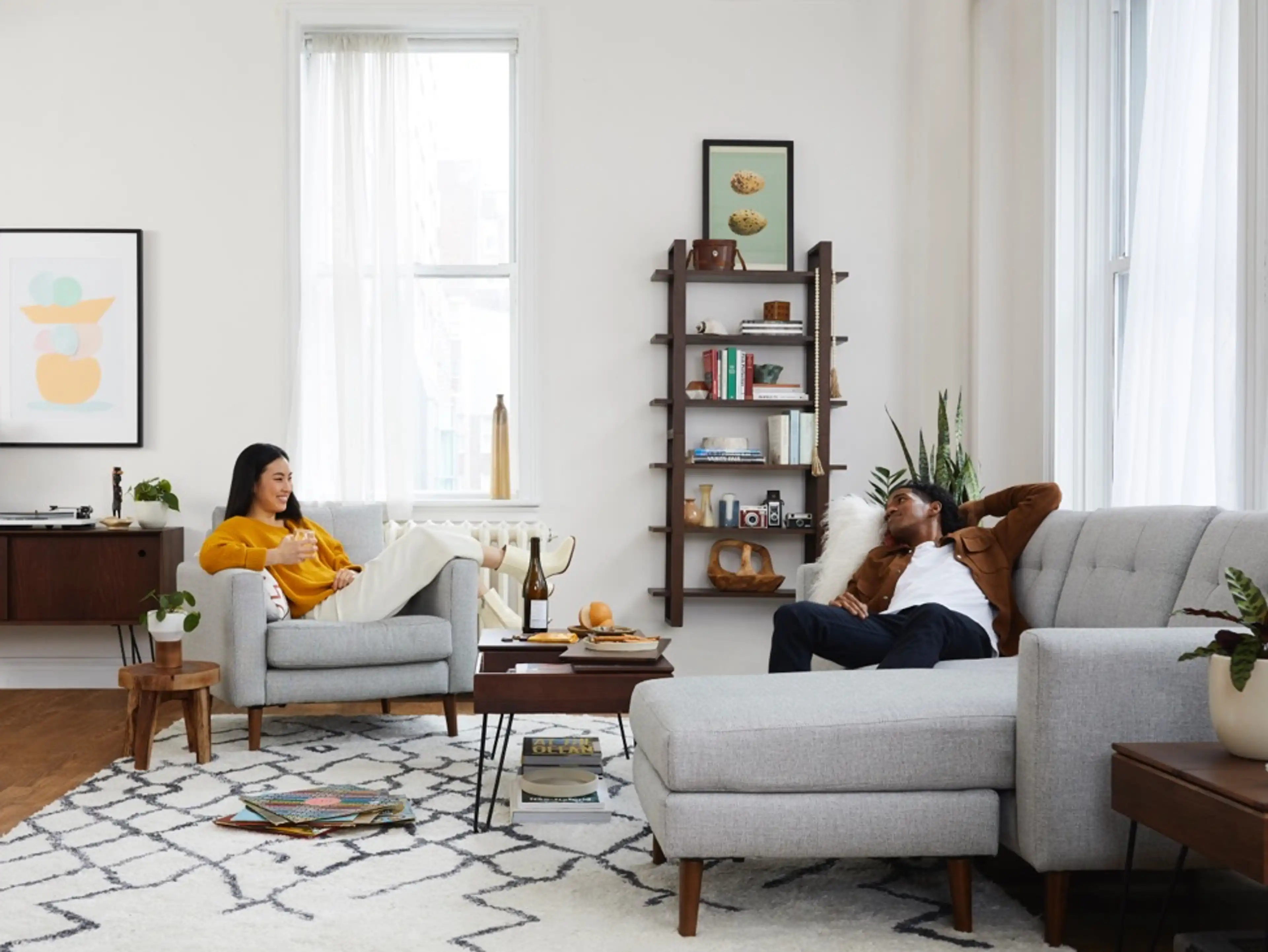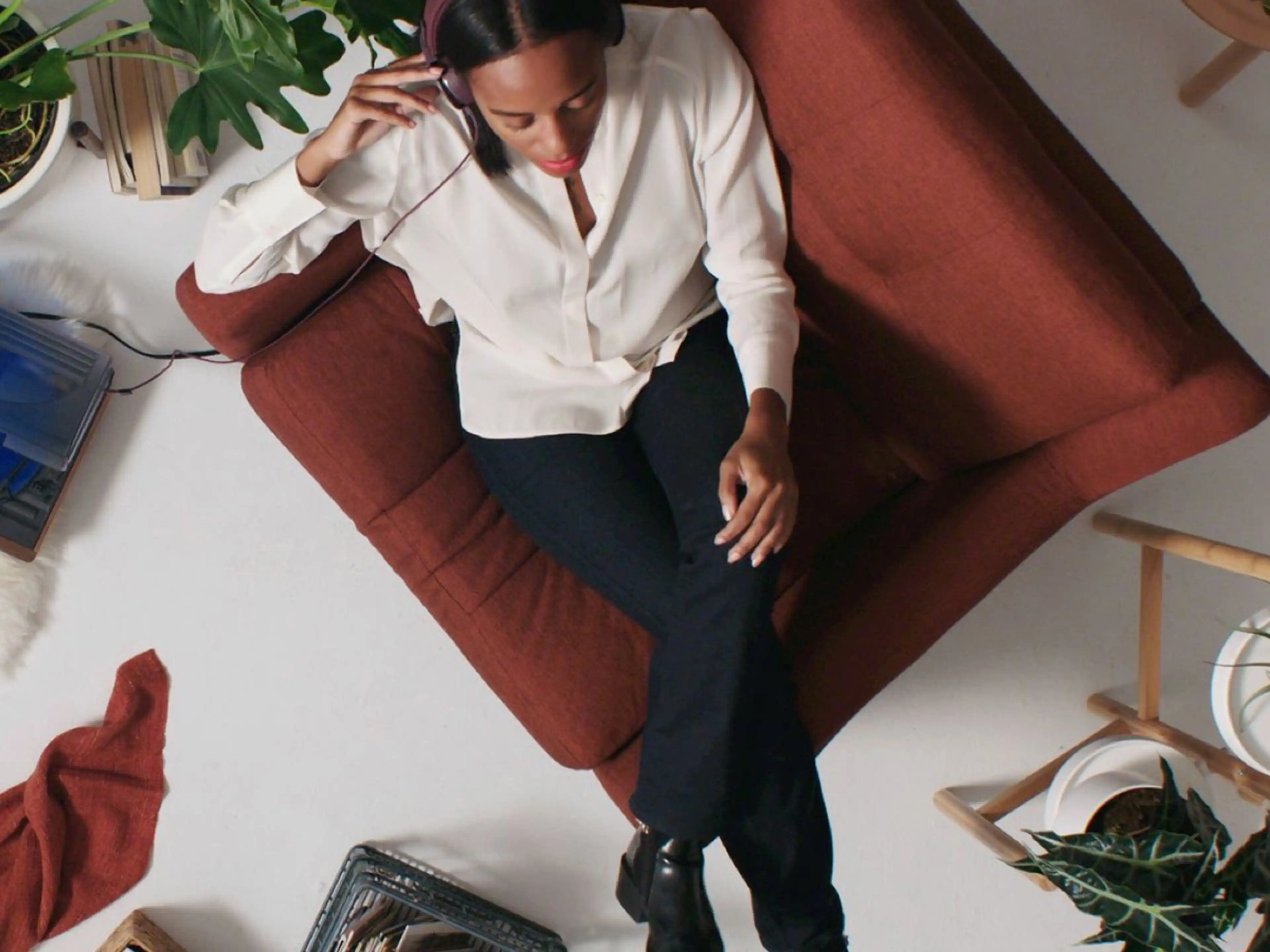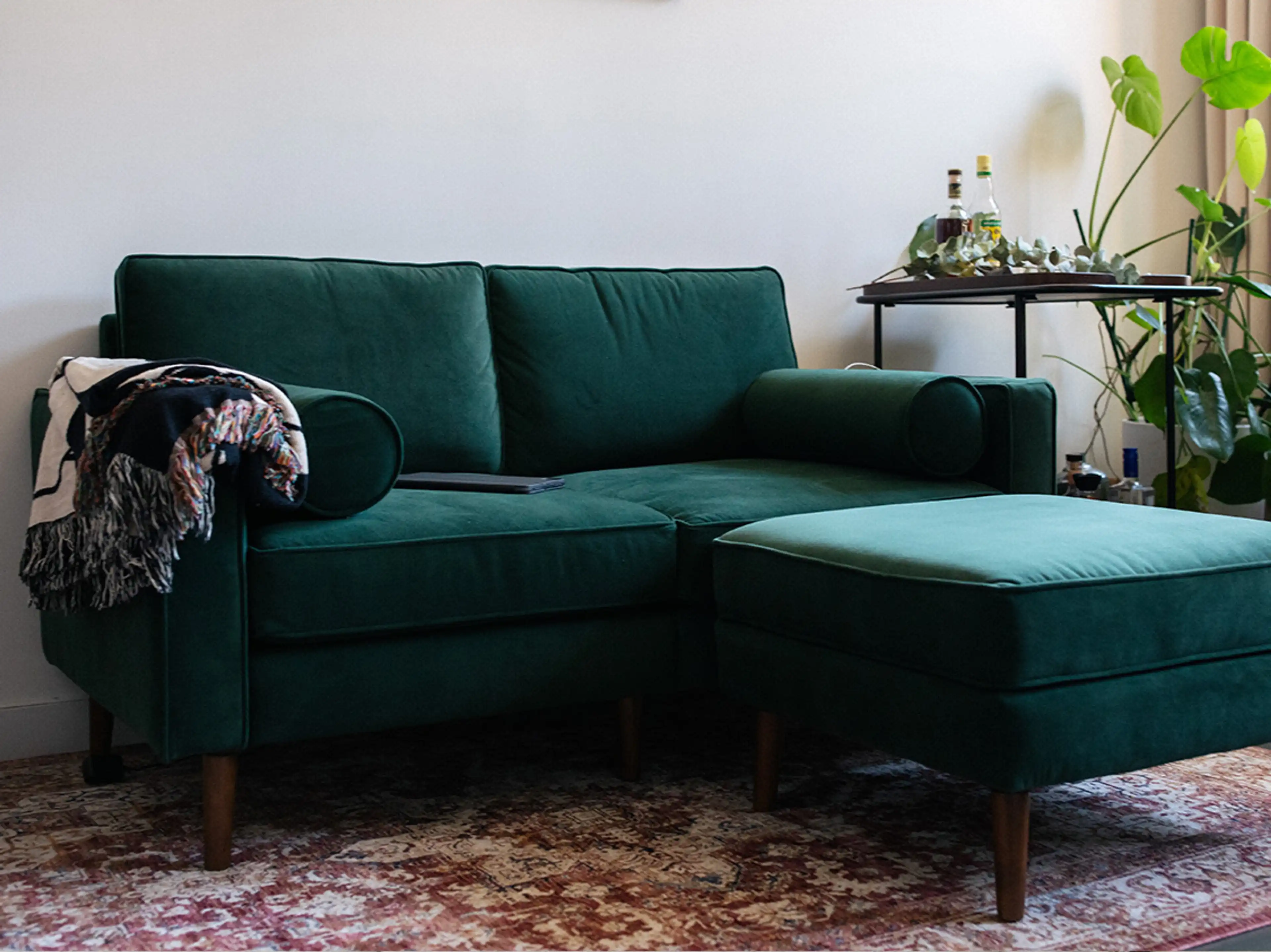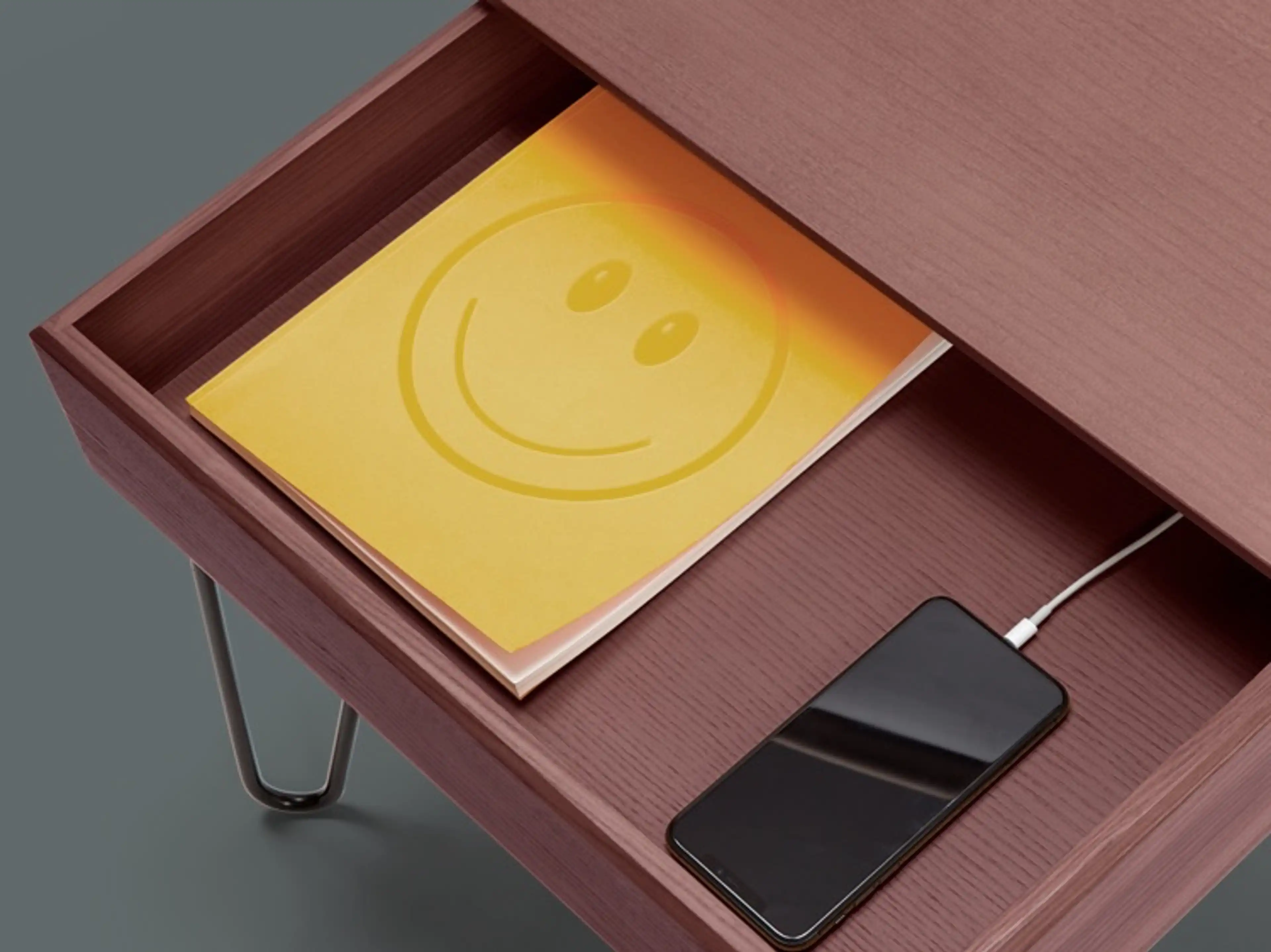Putting Our Furniture to the Test | Burrow
Cart
0 items
Your cart is currently empty
Stories, updates, and interviews from Burrow
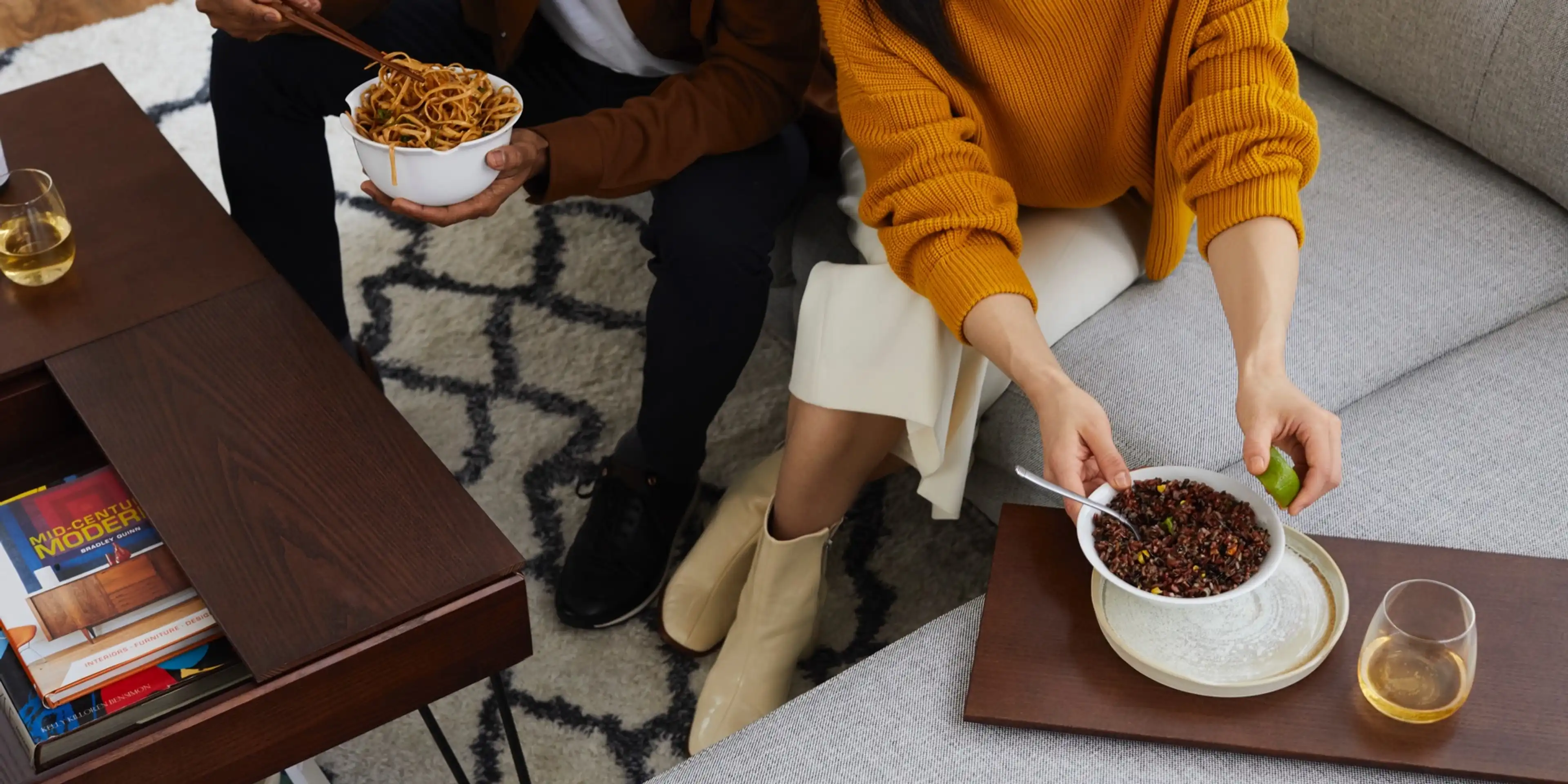
Putting Our Furniture to the Test
From the beginning, our design team has set out to create products that will stand up to the wear and tear of everyday life.
It’s part of our ethos: build high-quality furniture that will last. But, we’re also realistic. Spills happen, pets have accidents, kids get a little too creative with arts & crafts.
Keeping all this in mind, we conducted our own series of real-world tests designed to measure the quality, durability, and lifetime value of our furniture — and our Nomad Collection of sofas and sectionals, in particular.
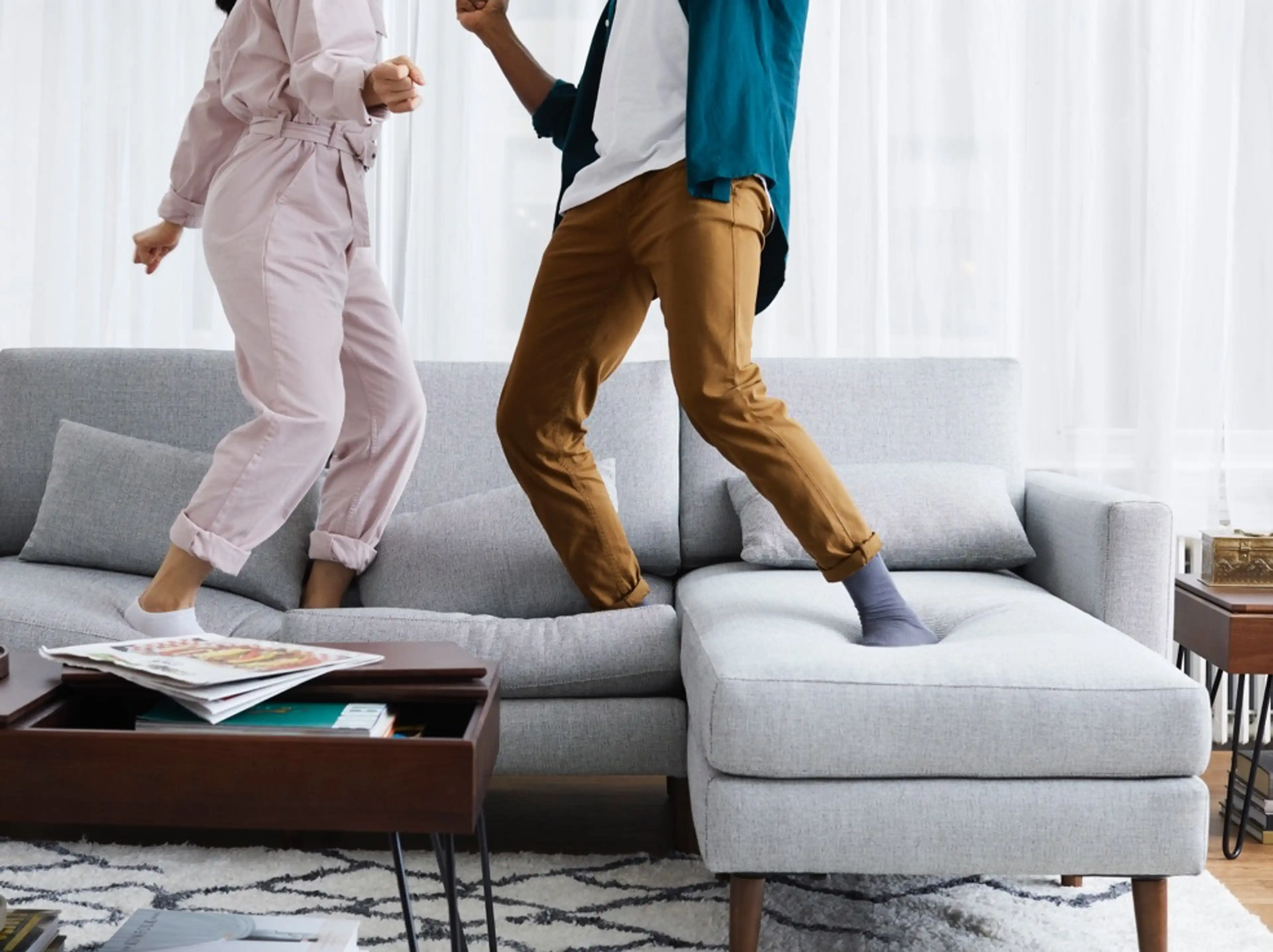
Cushion and frame durability testing
According to the Manufacturing Solutions Center — the authority on American-made furniture — most brands test their sofas using a standard 275-pound drop from six inches up.
We decided to level up, to really prove the durability of our award-winning Nomad Collection. First, we used a machine that simulates the impact of placing 300 pounds on the Burrow sofa 50,000 times. To put it into perspective, that equates to someone sitting down more than 10 times per day, every day, for more than 10 years. The results blew us away: after a simulated 10 years of sitting, our seat cushions only lost a mere 0.4 inches in depth. Even after a “decade” of use, any Nomad Sofa will retain both its comfort and shape.
But of course, we took it a step further. We also invented a “jumping onto the sofa test” by dropping a 500-pound weight onto the couch from 12 inches above the seat. Good news: we still passed!
Lastly, we wanted to stress-test our hardwood frames, to make sure they’d withstand not only daily life at home, but the occasionally hazardous journey to get there. So we did what any enterprising person would do: we borrowed a forklift, raised a module 10’ in the air, and dropped it on the concrete floor. And it still didn’t break.
Fabric stain resistance
Don’t cry over spilled milk. But red wine? Could be a disaster.
We know the sofa serves as more than just a couch. It’s a workstation, a place for napping, lounging, sleeping, and often, it’s a makeshift dining room.
That’s why we’ve leaned into stain- and scratch-resistant fabrics as well as performance velvet upholstery for our seating collections.
Our durable fabric is made from a synthetic, upcycled fiber that refuses stains — you can literally clean it with bleach, because the inert material isn’t dyed, it’s blended with color from the start. More commonly used fabric, including cotton or linen, are made of yarn that’s simply dyed on the outside and would lose color if you tried using bleach.
All of that sounds great in a lab. But we’re here to talk about proof, not hypotheses. We’ve dumped everything from red wine, spaghetti sauce, beer, birthday cake, and more — all of which lifted out of the fabric with ease.
Here’s the kicker: we achieved all of that incredible stain-resistance without using any harsh chemical coatings or treatments, so it’s safe for you and your family.
#
Fabric wear and tear testing
The furniture industry version of standardized testing doesn’t involve multiple choice. It involves something called “double rubs” and no, we didn’t have any input into the naming. It is descriptive, though: in this test, a bolt of fabric is pulled taut and mounted onto a machine while small discs of worsted wool or wire mesh are continually rubbed back and forth against the fabric. It’s then inspected every few thousand “double rubs” — the back and forth motion of the disc — until either two yarns break or there’s a noticeable change in appearance, whichever comes first.
Naturally, in addition to the "double rub" tests, we came up with some real-world durability tests of our own, starting with upholstered furniture’s worst enemy: claws.
We collaborated with the experts at the aforementioned Manufacturing Solutions Center in North Carolina to design the test. We 3D-printed two large, fake animal paws with long claws, screwed them onto a drive shaft, and rotated the claws side-by-side in a circular pattern to simulate scratching. Then, we increased the force from 2 pounds of pressure (what you’d get from a very motivated cat) all the way up to 5 pounds (think: German Shepherd utterly convinced that there is a fountain of untold joy hidden beneath the cushions).
The results? The tests proved that our fabric can withstand over 2,000 scratches from a small animal in the exact same spot without showing any wear and tear, or over 200 scratches from a larger animal.
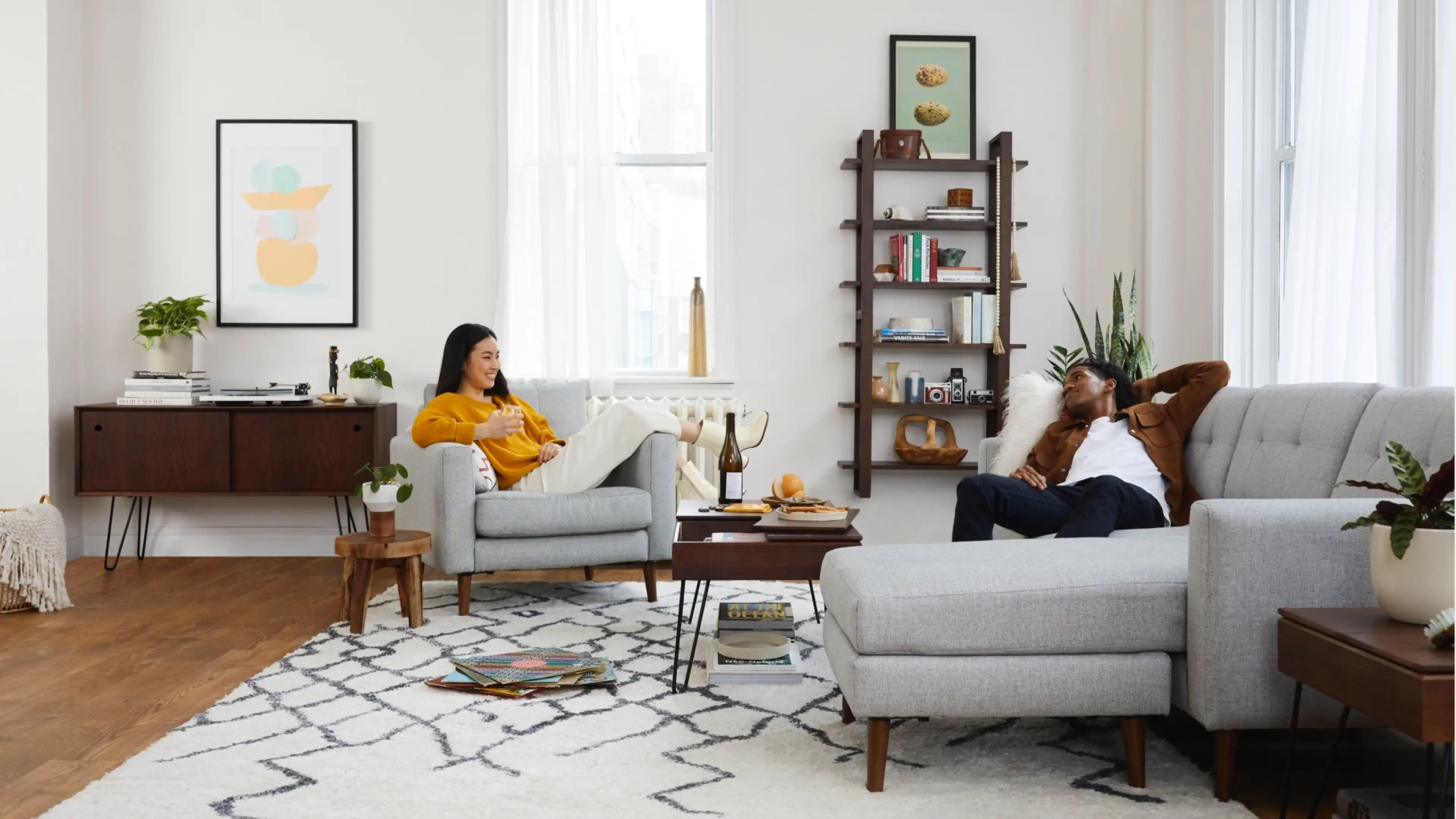
Aced the test, writing the textbook
While we don’t really expect the rest of the furniture industry to abandon their beloved double rubs in favor of our forklift and 3D-printing methodology, if you have a particularly clever idea for a custom test, we’re all ears.






